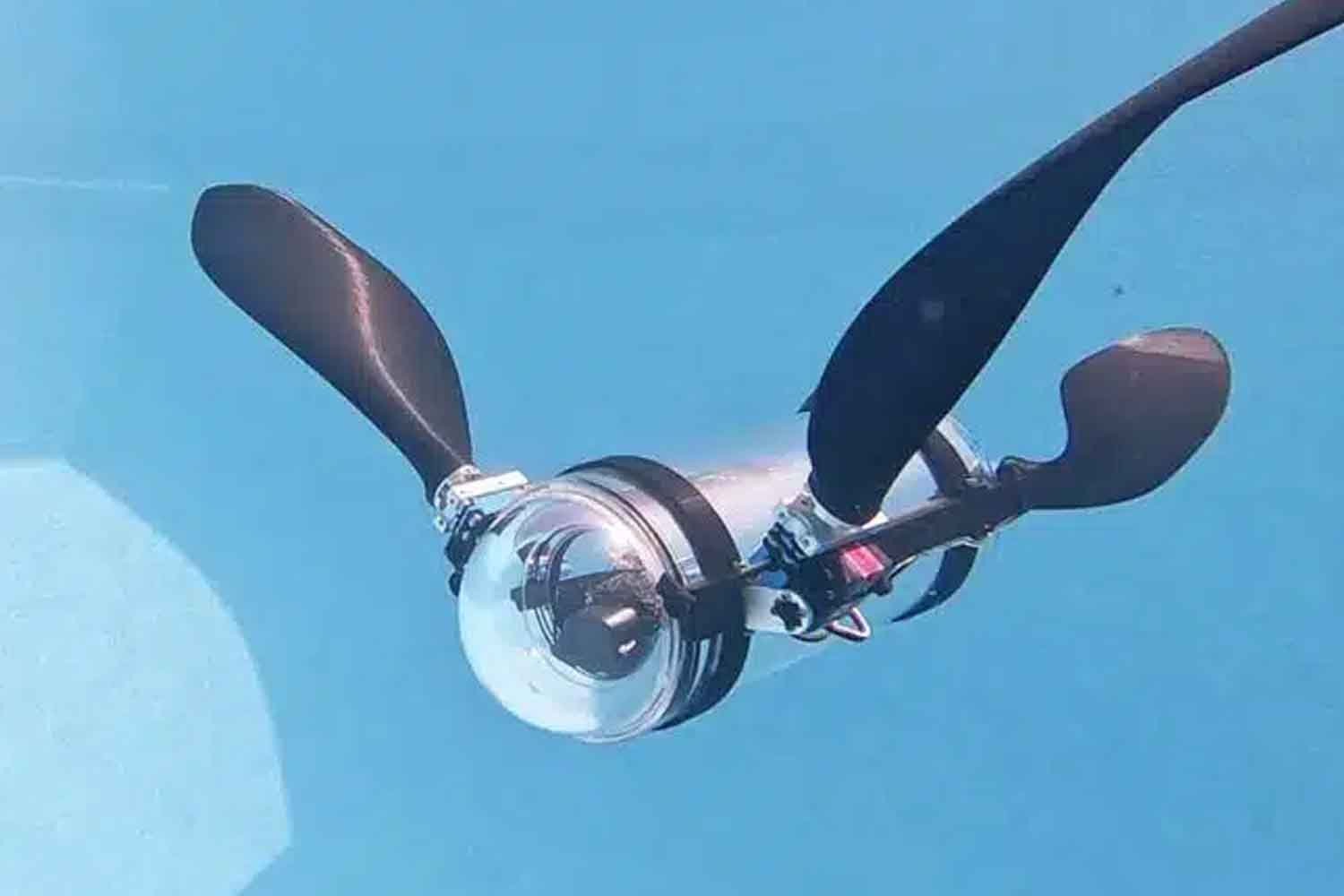Fifteen-year-old Canadian Evan Budz wins EUCYS 2025 with a bionic sea turtle robot that uses AI to monitor and protect marine ecosystems, achieving 96% accuracy in early tests.

©Evan Budz
During the 2025 edition of the European Union Contest for Young Scientists (EUCYS), held this year in Riga, Latvia, a young Canadian talent stole the spotlight with an idea that was as brilliant as it was ambitious. Fifteen-year-old Evan Budz, from Burlington, Ontario, presented a bionic robot shaped like a sea turtle, designed to monitor aquatic ecosystems using artificial intelligence. His project triumphed over more than 130 competitors from 37 countries, taking home the top prize at EUCYS 2025.
A bio-inspired robot to protect the oceans
Evan’s robot moves underwater by mimicking the natural swimming pattern of a green sea turtle, gliding through the water with two front flippers. This design isn’t just aesthetic; it helps the robot blend seamlessly into marine environments, minimizing disruption to other creatures. The idea was born during a camping trip, when Evan watched a turtle swim gracefully in its natural habitat—a moment that clearly stuck with him.
But the device is more than a mechanical marvel. Inside, it carries AI algorithms capable of detecting ecological threats such as coral bleaching and invasive species.
“I want to use it to study ecosystems and tackle real problems like coral degradation,” Evan explained. It’s the kind of straightforward determination you often see in young inventors who don’t waste time dressing up their ambitions.
Pool-tested with 96% accuracy
With no access to a research lab, Evan turned to a family swimming pool to test his prototype. The results were astonishing: the robot identified signs of coral bleaching with 96% accuracy, proving not just the reliability of the system but also its potential for real-world applications. His next step is to add water sampling capabilities, allowing for even more detailed data collection on ocean health.
The €7,000 ($7,600) prize from EUCYS will fund these upgrades, with the ultimate goal of turning the robot into a key ally in marine biodiversity protection. Alongside Evan, three other projects from Poland, Sweden, and the Czech Republic were also recognized by the jury.
Recognition from the scientific community
Evan’s success hasn’t gone unnoticed. Chandra Sharma, president of Conservation Halton, praised the young inventor:
“His commitment to marine conservation and his innovative approach are a source of inspiration. We can’t wait to see where his work takes him.”
Similarly, Reni Barlow, Executive Director of Youth Science Canada, emphasized the broader significance of his win: “Evan’s victory at EUCYS shows that his ideas have international relevance. He’s a powerful example of how Canadian youth can tackle complex environmental challenges with creativity and skill.”
The 2025 edition of EUCYS gathered students aged 14 to 20, all united by a shared passion for science and innovation. Among the other honors, the EIROforum Prize went to a French team from Lycée Jacques de Vaucanson in Tours and Lycée Jeanne d’Arc in Bastia for their Robot J4 project—a reminder that the next generation of scientists is already hard at work shaping the future.
